Place du Caire
Place du Caire
© Stéphane Passet, Musée Albert-Kahn
FRA
à proximité de Paris
Télécharge images...
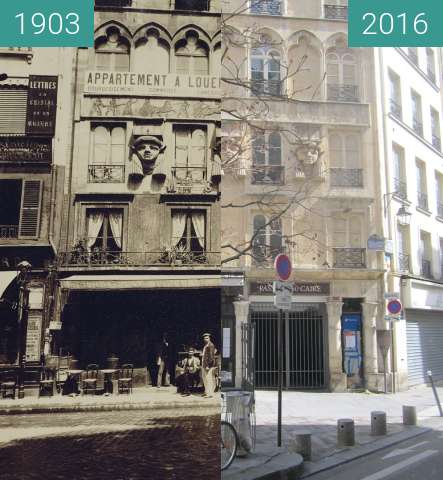
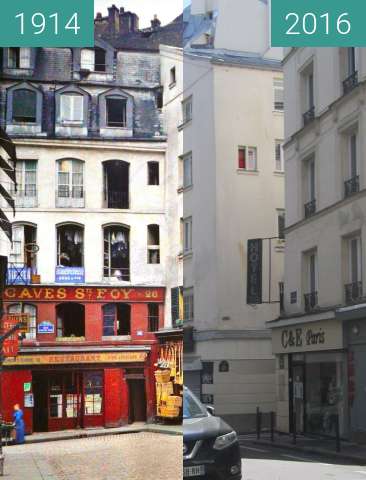

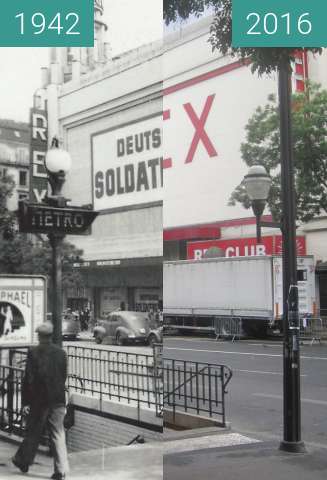
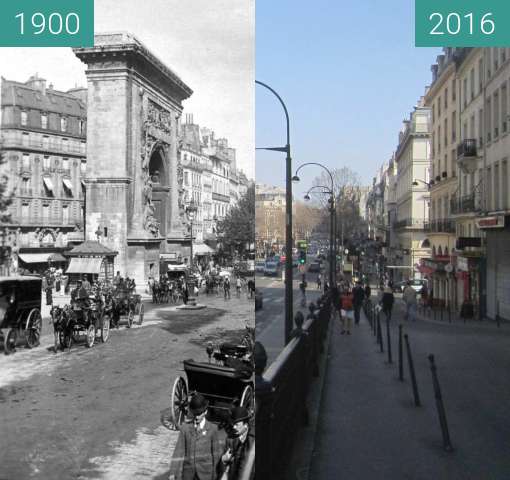

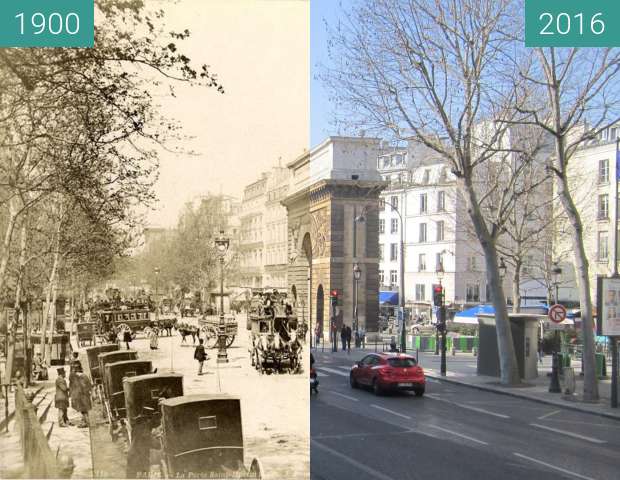
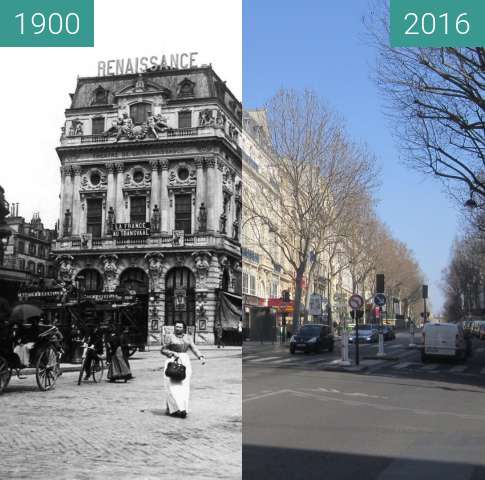
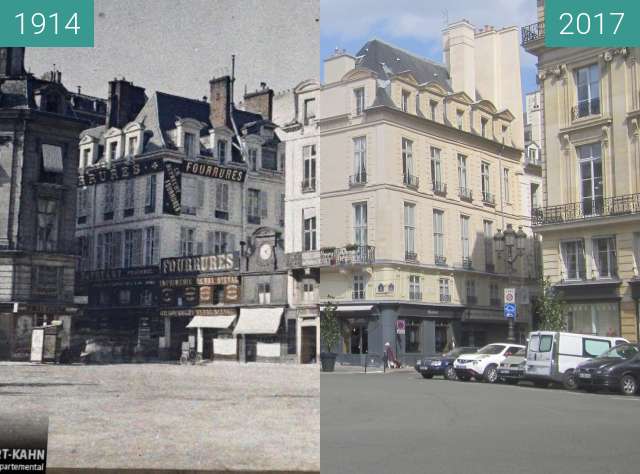
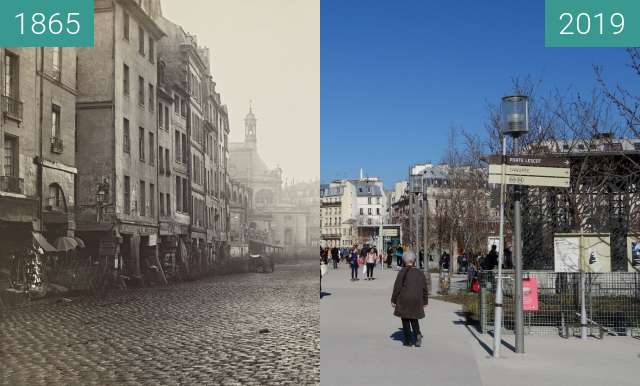
The Place du Caire in 1914 in the 2nd arrondissement near the Grands Boulevards. The neighborhood was built around 1798, when Napoleon led his Egyptian campaign, and therefore named after the Egyptian capital.
At that time there were still merchants for company signs ("enseignes") and a boulangerie, which are now replaced by accessoir- and clothing stores. The two advertising columns, typical of the old Parisian cityscape, were removed in 2006 under great protest. In addition, a urinal ("vespasienne"), as it was common in Paris until the 20th century, is to see on the left.
La Place du Caire en 1914 dans le 2ème arrondissement près des Grands Boulevards. Le quartier a été construit vers 1798, alors que Napoléon menait sa campagne d'Egypte et portait donc le nom de la capitale égyptienne.
À cette époque, il y avait encore des marchands d'enseignes ("enseignes") et une boulangerie, qui sont maintenant remplacés par des magasins d'accessoires et de vêtements. Les deux colonnes de publicité, typiques du vieux paysage urbain parisien, ont été enlevées en 2006 sous une grande protestation. De plus, un urinoir ("vespasienne"), comme il était courant à Paris jusqu'au 20ème siècle, est à voir à gauche.